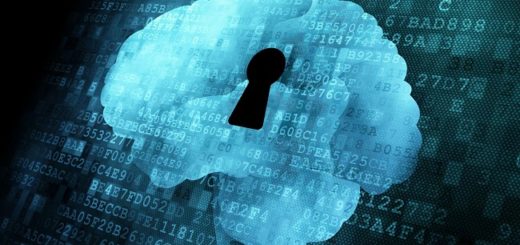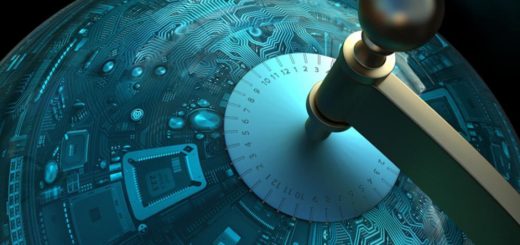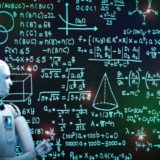Will career and racist encounter AI bias?
by Ready For AI · September 30, 2018
Humans have many prejudices against other things, including career, racist, religion, gender, etc. Then do you think AI bias also exists?
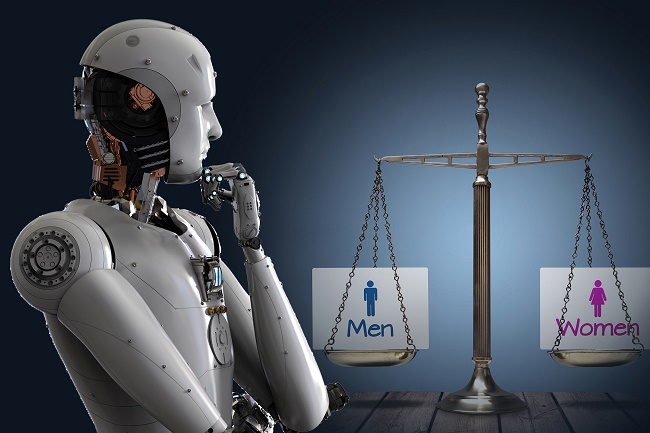
Start with "Halo Effect"
The halo effect was named by psychologist Edward Thorndike in reference to a person being perceived as having a halo. And it is a type of immediate judgment discrepancy, or cognitive bias, where a person making an initial assessment of another person, place, or thing Assuming example of the halo effect is when an individual noticing that the person in the photograph is attractive, well groomed, and properly attired, assumes, using a mental heuristic, that the person in the photograph Is a good person based upon the rules of that individual’s social concept. This constant error in judgment is reflective of the individual’s preferences, prejudices, ideology, aspirations, and social perception. The halo effect is an evaluation by an individual and can affect the perception Of a decision, action, idea, business, person, group, entity, or other whenever concrete data is generalized or influences ambiguous information.
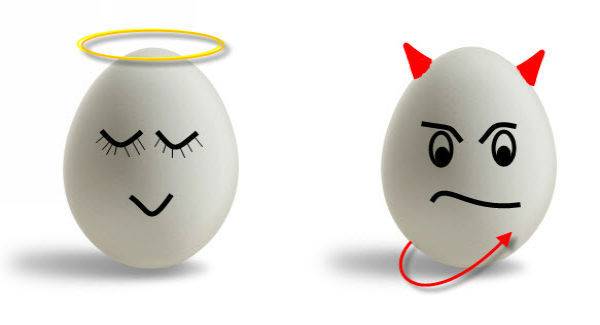
In reality, however, Edward has a negative attitude towards this effect. The reason is that from a partial impression to the whole, it is easy to produce a one-sided understanding of a person, and thus generate bias.
In the 1970s, the famous social psychologist Richard Nisbett also demonstrated the case of “Halo Effect”. Nisbett and Wilson hope to investigate how the students in the class judge the lecturers, and the students are told that this is a study of the evaluation teacher. In addition, they were specially told that the experiment is interested in whether different evaluations depend on how much the students are in contact with a particular lecturer. Of course, this is not true. In fact, the students are divided into two groups, they will see two different films about the same lecturer, and this lecturer has a very strong Belgian accent (this is a test point of the experiment). One group of students saw the lecturer and asked a series of questions in a friendly manner. The second group of students saw the same lecturer answering the same question in a cold and alienated tone, and we need to be clear about is which personality is more likable.
After each group of students watched the film, they were asked to give the teacher the appearance, special language habits (consistent in the two films) and even his accent. Consistent with the halo effect, students who saw the image of the instructor “friendly” thought that he was more attractive, his language habits were more fascinating, and even his accent was more attractive.
Quantitative bias model
Traditionally, people think that this kind of subjective impression is difficult to fix. After all, everyone’s feelings are not exactly the same. Researchers from the University of Berkeley have recently tried to do the job of quantifying stereotypes and unequal treatment by establishing a model that would predict the likelihood of unequal treatment.
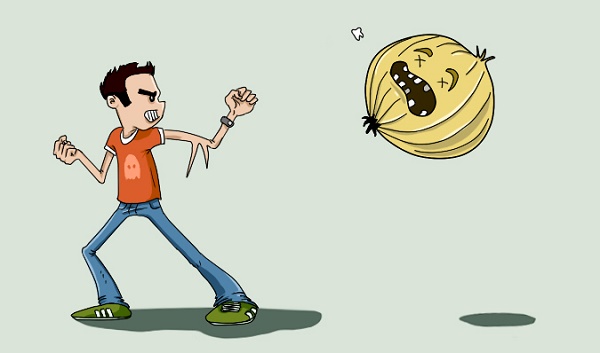
For example, both A and B hate eating onions, but B is more annoying than A. How much does this “more” mean? What the researcher has to do is set the level of dislike for B to 10 points and set A to 7 points. This quantifies the extent of people’s prejudice and allows scientific research on this psychology.
In order to study people’s performance more directly, the researchers did a series of experiments. One of them is the “dictator game” in psychology to giving you $10, and you have the absolute right to dispose of the $10. In the experiment, the researchers asked the subjects to decide how much of the $10 they would give each other based on the information given (occupation, country, race, etc.). The results show that people have given different amounts based on only one piece of information. For example, the homeless person receives an average of $5.1, the “addict” receives $1.9, and the “lawyer” even receives just only $1.7. It is clear that the subject believes that the lawyer is very capable and therefore should not receive more money; at the same time, the subject also believes that the Irish are more enthusiastic, so the money given should be more than the British.
Through this model test, researchers can estimate the degree of prejudice and unequal treatment that may be generated by a person, a profession, race, nationality, etc., in this way, we can grasp the causes of social inequality and make corresponding strategies.
Neglected dark personality and D factor
To a certain extent, the reason why people are biased against a certain group may be one-sidedness of understanding, but there is still a possibility that it is a deliberate discrimination. In this case, we call the person who discriminated against others a person of dark personality.
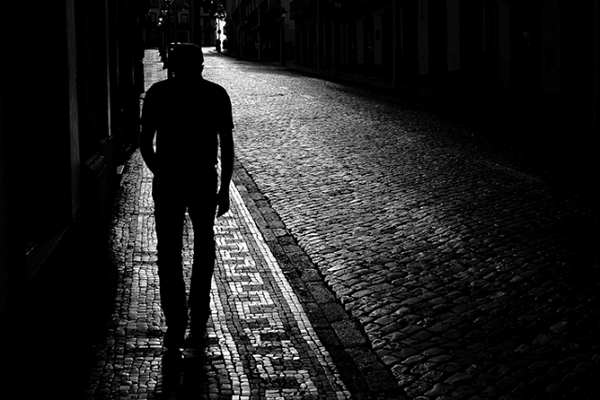
People with dark personality often have certain violations of common sense in moral ethics and social performance, such as narcissism, metamorphosis, pride, coldness, and belly black. These different dark personalities are diverse, but some people have recently found a common connection between them, and this connection is called the “D factor.”
Research teams from Germany and Denmark divided the characteristics of the D factor into nine, namely, self, Machiavellianism, moral deficiencies, narcissism, psychological rights, psychopathism, sadistic tendencies, self-interest and hatred. They believe that people who have basically a dark personality will exhibit these characteristics more or less, and will focus on one feature. In other words, if you have one of these nine characteristics, you can be considered a person with a dark personality. The more you have, the more serious you are.
Impact on biased quantitative models
What is certain is that in people with dark personality factors the prejudiced behavior is magnified. That is to say, if a normal person gives a lawyer $1.7, then a person with a dark personality may be rebellious because of the inherent impression of the profession of the lawyer. Then the more serious prejudice will be created if he can become the master, so in the amount of money given it may be much lower than $1.7.
Researchers at Berkeley want to quantify the behavior of people’s prejudice, not only to establish a universal model of a society’s perception of a group, but also to consider the personal factors that produce the subject of prejudice, and the personality is an important part.

For example: When we want to predict whether a job seeker will pass the interviewer’s assessment, we must first look at the job applicant’s name, place of birth, work experience, and give a general understanding of whether the job requirements are met. We need to make the preliminary judgment of the standard and based on the personality factors of the interviewer, then judge the conditions of the job seeker to confirm whether will cause the psychological response of the interviewer.
From this perspective, in order to ensure that they are fair to the interviewee during the interview, the interviewer can test himself through this bias model that incorporates the dark personality factor, and then quantify who might make you involuntarily bias. Then at the time of the interview, you can remind yourself to do not make any mistakes.
In general, not only the dark personality can play a positive role in the optimization of the model, but the addition of some other personality factors also can improve the accuracy of the prediction. The prediction of personal prejudice behavior combined with personality factors may receive better results.
Quantization model can change AI bias
We know that the reason why artificial intelligence causes discrimination is actually the result of the correlation analysis of human behavior, occupation, and ethnicity. That is to say, no one told AI that the doctor should be a man and the nurse should be a woman, but it did the most likely explanation after a lot of data learning, which itself would be biased.
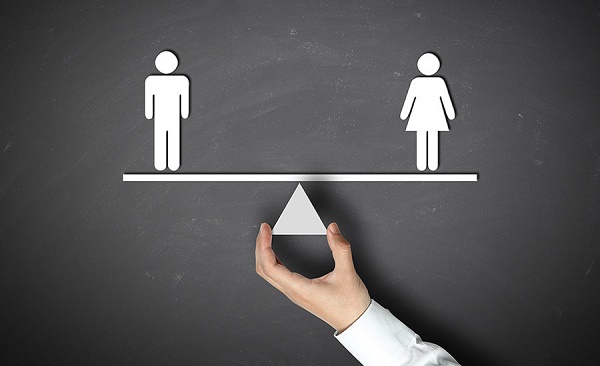
To solve this problem, you can use the bias model to train it. For example, researchers at Berkeley have found a total of about 1,200 people for this experiment (if you want to train for AI, researchers can further expand the number of people involved in the experiment). By quantifying the bias of a large number of people, and then summarizing which types of people are likely to be biased against which characteristics of the others, and handing the results to the AI for learning. Artificial intelligence will make some corrections before making judgments, thus greatly reducing the incidence of discrimination.
In addition, the biased model can be used to optimize the digital persona model generated by the program. For example, in many games in Japan, Chinese women are mostly cheongsam, ponytail or short hair. Men are often keep the braid, short top or bald heads. When it comes to Western characters, they tend to be muscular and tall. This is the stereotyped and inherent impression of the Japanese on the Chinese and the Westerners. If a bias model is added for correction, some designs that are not in line with the general impression of the majority will not be produced, and the actual effect will be much better.
Conclusion
The more important practical significance of constructing a bias model is to understand the factors that cause discrimination in humans and to use scientific methods to eliminate discrimination, or to help individuals better understand the weaknesses of prejudice they have not noticed, thus creating a harmonious environment. Perhaps one day, there will be no discrimination in race, gender, occupation, etc. in our world, and everyone will become an unbiased person.


